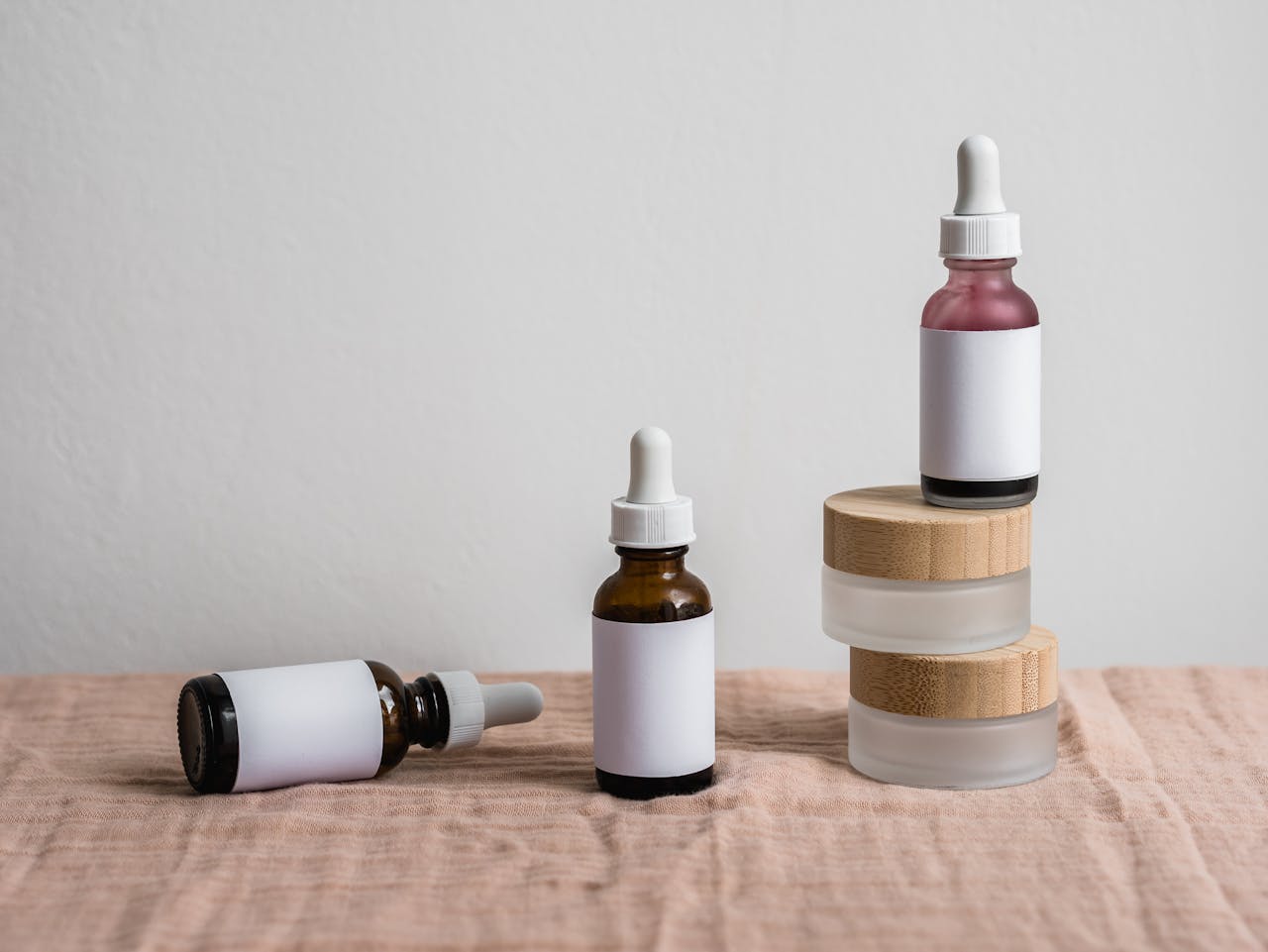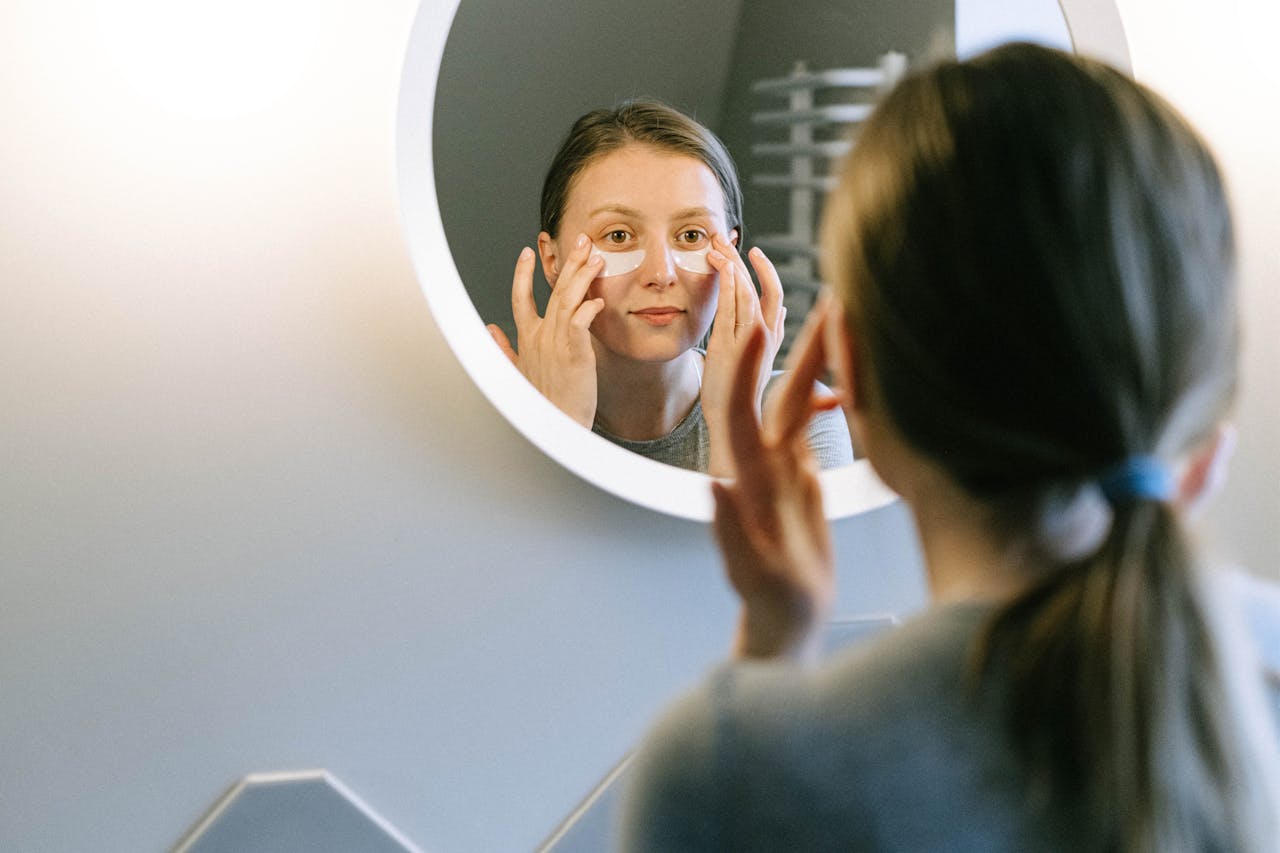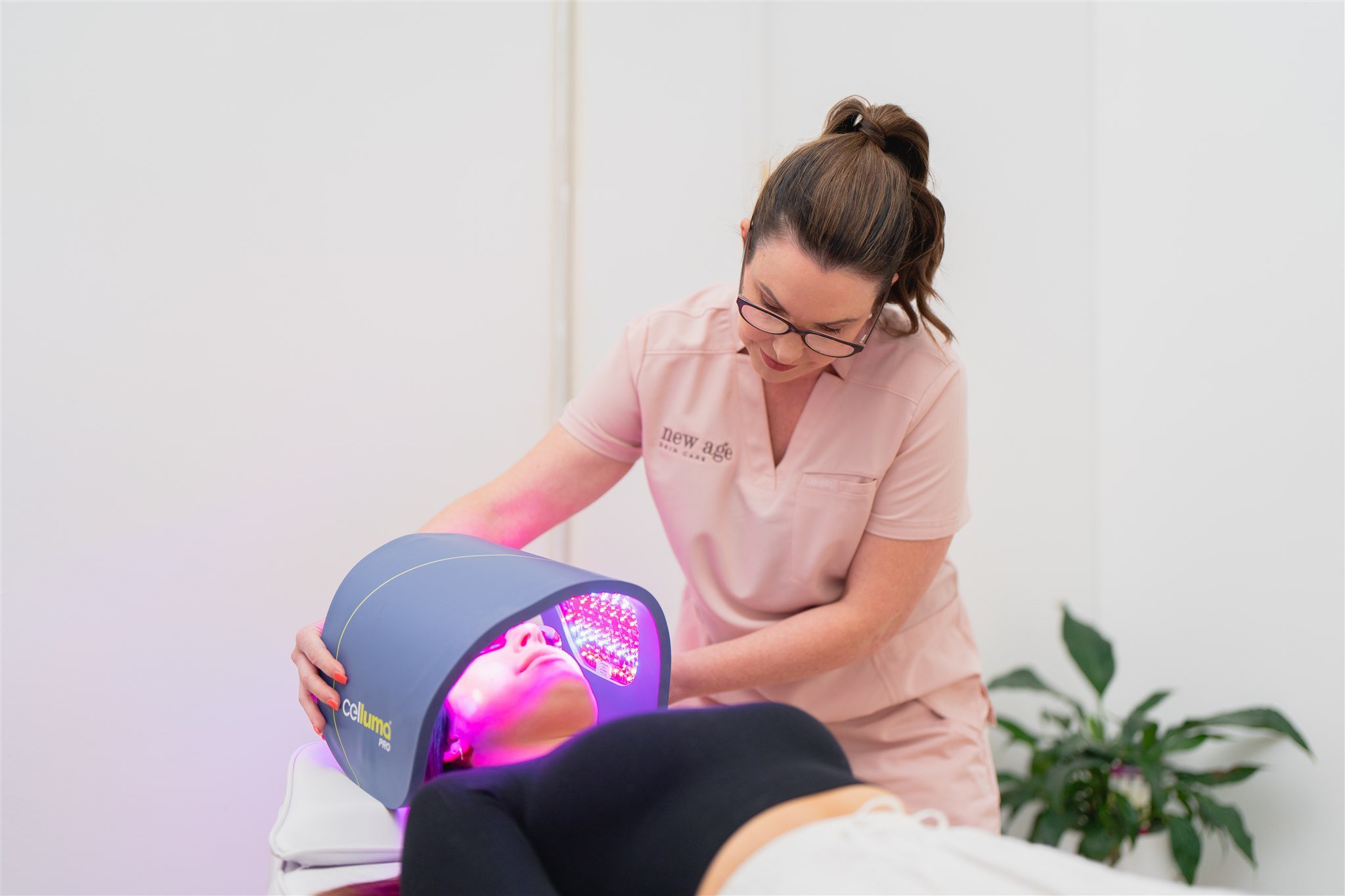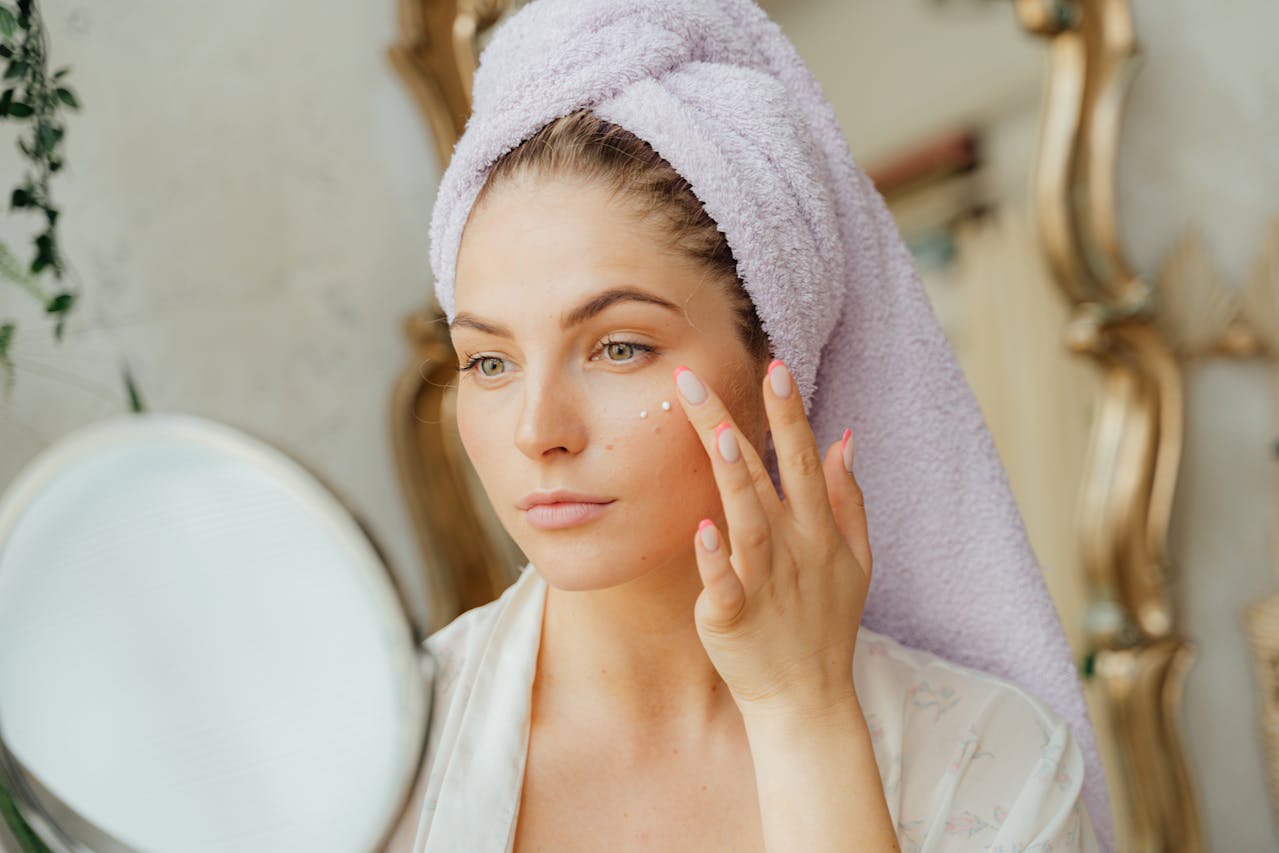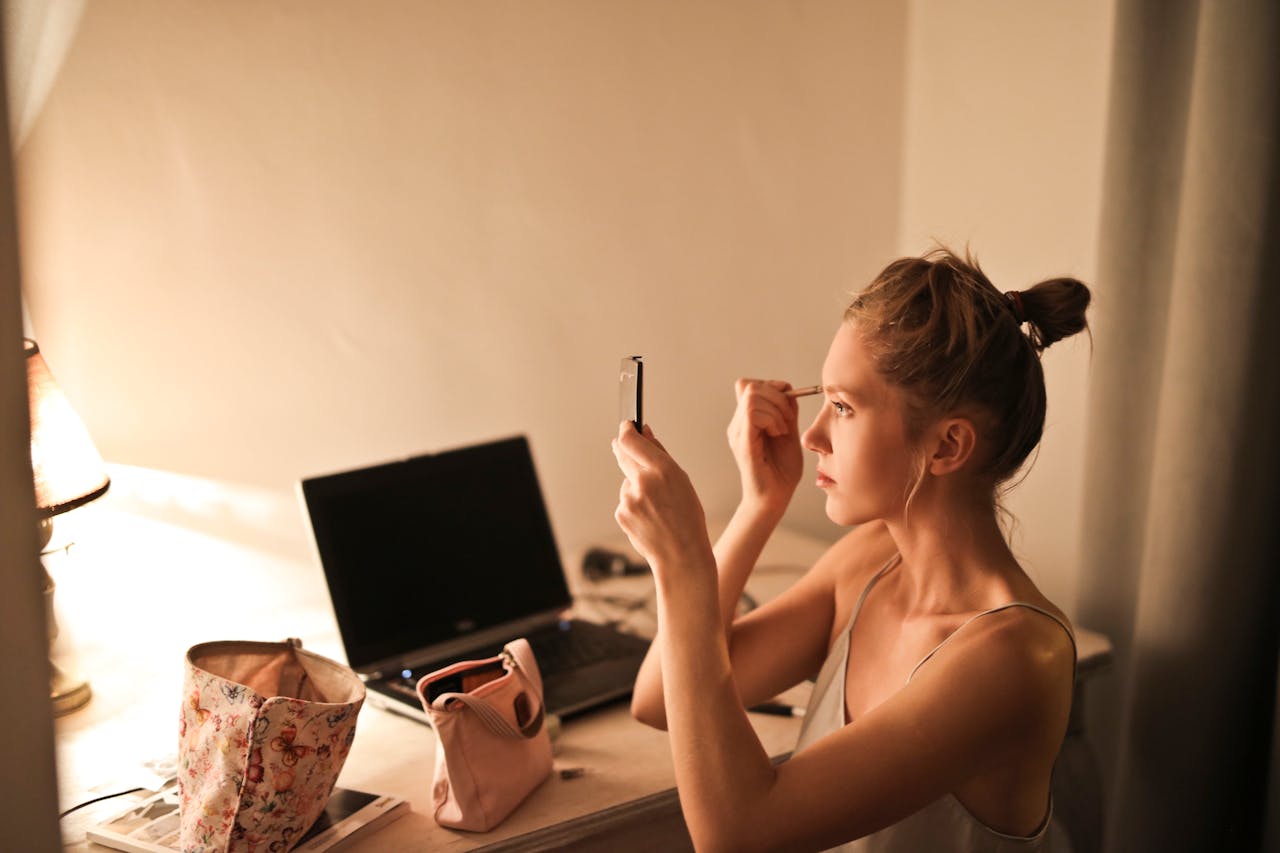LED Skincare: How At-Home Devices Are Changing the Beauty Game
The demand for LED skincare gadgets has increased as more people turn to technology for efficient skincare options to use at home. Initially created by NASA for plants, LED light therapy is now widely used in dermatology for its anti-aging and healing benefits. Today, developments in beauty technology enable individuals to enjoy these advantages from their residences, offering LED light therapy as a convenient and cost-effective substitute for spa sessions.
Home LED devices are created to release specific light wavelengths that address different skin issues. An example is how red LED light boosts collagen production, minimizing wrinkles, whereas blue light fights acne by attacking skin bacteria. These therapies, previously exclusive to dermatologists, can now be conveniently obtained through tools such as LED masks and portable wands. This access is a reflection of a larger movement towards customized beauty technology, focusing on convenience while maintaining effectiveness.
Many people are turning to at-home LED therapy not only for its visible skincare benefits but also for its potential to save time and money. LED devices offer a way to maintain consistent skincare routines without the need for repeated clinic visits, making them appealing for those who want professional results on their schedule. With the continued advancement of beauty tech innovations, the at-home LED skincare market is expected to grow, meeting the demand for results-driven, accessible skincare options.
How LED Skincare Works: Understanding the Technology
LED skincare devices harness specific wavelengths of light to target various skin concerns, making them a popular at-home beauty technology. These devices emit light energy absorbed by skin cells, where it boosts cellular activity and promotes skin healing and rejuvenation.
Every color of LED light has a specific role in skincare. Red light therapy is widely recognized for boosting collagen production, a protein that helps maintain skin’s flexibility and tightness. Red light penetrates the dermal layer and stimulates fibroblast cells to boost collagen and elastin production, leading to a decrease in wrinkles and a smoother appearance of fine lines in the long run. This light also enhances blood flow, providing additional nutrients and oxygen to the skin, resulting in a more youthful look overall.
Blue light therapy is effective for combating acne, as it targets acne-causing bacteria on the skin’s surface. The blue light penetrates the top layer of skin, killing bacteria and reducing inflammation, helping to clear existing breakouts and prevent future ones. Additionally, some users find that blue light therapy helps balance oil production, a key benefit for acne-prone skin.
Other wavelengths, like yellow and green light, are less common but offer benefits such as reducing redness, calming irritated skin, and evening out pigmentation. Yellow light, for instance, soothes inflammation, while green light can help fade dark spots by reducing melanin production.
With consistent use, at-home LED therapy offers a non-invasive and convenient way to enhance skincare routines, allowing users to address multiple skin concerns with a single device. However, while these at-home devices are effective, professional LED treatments typically deliver more powerful results due to higher light intensities available in clinical settings.
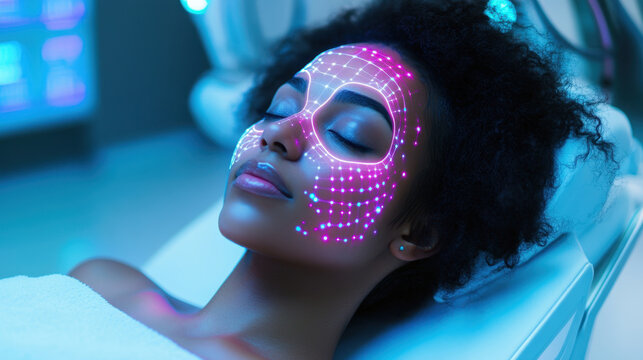
Types of LED Skincare Devices Available for Home Use
At-home LED skincare devices come in various forms, each designed to target different skin concerns and offer specific benefits. Among the most popular types are LED masks, wands, and panels, each with unique features and intended results.
LED Masks are widely used for comprehensive facial treatments. These masks, like the Omnilux Contour or Dr. Dennis Gross SpectraLite, typically offer both red and blue light options. Red light stimulates collagen production, helping to reduce wrinkles, while blue light targets acne-causing bacteria on the skin’s surface. Masks are hands-free and provide an even distribution of light, making them effective for full-face treatments with minimal effort.
Handheld LED Wands are portable tools designed for precise application on particular skin areas. For example, the SolaWave wand utilizes red light therapy along with microcurrent and massage features to enhance circulation and decrease inflammation in targeted areas. Wands are small and easy to carry around, making them great for traveling, but they might need more time per area than masks.
LED Panels provide a larger coverage area, suitable for both face and body treatments. Devices like the DPL IIa Professional Panel allow for versatile use and cover more skin in a single session. Panels are especially useful for those looking for full-body benefits, such as improved skin tone and healing for larger areas. While effective, panels require more setup space and are less portable than other device types.
Every type of device caters to different requirements, and your decision could be influenced by whether you prioritize comfort, mobility, or comprehensive treatment choices for your home beauty regimen. Regular use of these LED devices in your own home can lead to visible enhancements, making them a beneficial supplement to contemporary skincare regimens.
Benefits of At-Home LED Skincare Treatments
At-home LED skincare devices offer significant advantages, primarily in terms of convenience, cost-effectiveness, and the opportunity for regular, consistent use. With LED therapy becoming more accessible, many people are opting for home devices like LED masks and handheld wands to address skincare concerns such as wrinkles, acne, and uneven skin tone.
One of the primary benefits of at-home LED therapy is the convenience of integrating treatments into a daily skincare routine. Home LED devices allow users to manage skincare at their own pace, making it easier to maintain consistency, which is essential for achieving noticeable results. In contrast, in-office treatments require appointments and often involve commuting, which can be a barrier for busy individuals. Furthermore, some at-home LED masks require as little as three minutes per session, making it feasible for users to stick to a regular regimen.
Another significant aspect is cost-efficiency. Although a single LED skincare device may have a high initial cost, it is often a more cost-effective option in the long run compared to multiple visits to a skincare professional. LED treatments by professionals are usually more rigorous because of the increased strength of the devices, and the total expense of numerous sessions can accumulate. Home devices, while typically less intense, can still produce satisfactory outcomes with regular usage.
Finally, FDA-cleared at-home LED devices are designed to ensure safety and ease of use, making them a reliable alternative for those who want professional-grade technology within reach. While in-office treatments might yield faster results due to stronger devices, at-home options offer a valuable, accessible way to enjoy the benefits of LED light therapy for skin without needing frequent clinic visits.
Choosing the Right LED Device: What to Look For
When selecting an at-home LED skincare device, it’s essential to consider wavelength, quality, ease of use, and safety certifications to ensure optimal results. The device’s wavelength is crucial, as different wavelengths target specific skin concerns. Blue light, typically around 415 nm, is ideal for acne treatment as it targets acne-causing bacteria, while red light (620–700 nm) stimulates collagen production, helping reduce wrinkles and improve skin firmness. Some devices offer multiple wavelengths, allowing versatility in addressing various skin concerns, such as hyperpigmentation or redness.
The quality of the device and the reputation of the brand are also important factors. Selecting a well-known brand with FDA approval guarantees that the device has undergone thorough testing for safety and efficacy. Medical devices that have been approved by the FDA, like those made by reputable companies like Omnilux, offer extra assurance as they adhere to strict safety regulations and go through extensive review processes.
Ease of use is another important factor, especially for those integrating LED therapy into daily routines. Devices with built-in timers, adjustable intensity settings, and ergonomic designs make it easier to use them consistently. For instance, handheld wands offer flexibility for targeted treatments, while full-face masks provide even coverage, ideal for comprehensive skin care.
Prioritizing safety is key, and it’s advisable to invest in devices certified for safe use. Features like eye protection and proper instructions are vital to avoid potential risks, especially around sensitive skin areas. By carefully evaluating these factors, you can select an LED device tailored to your skincare needs, making at-home beauty treatments safe and effective.
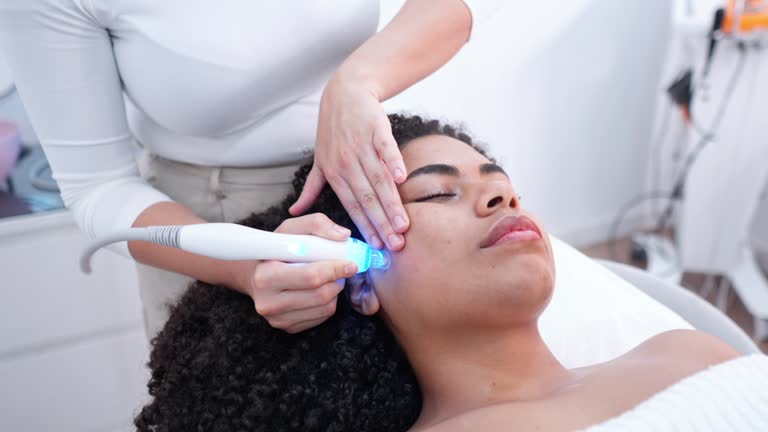
Safety and Potential Side Effects: What Users Should Know
LED light therapy, while generally safe, requires some precautions to ensure an effective and risk-free experience. At-home LED skincare devices, like masks and handheld wands, use specific wavelengths to treat concerns like acne, wrinkles, and pigmentation. However, users should be mindful of potential mild side effects, such as temporary redness or skin irritation, which are common but typically subside quickly. Some individuals, especially those with sensitive skin, may notice dryness or a warm sensation after treatment. To prevent these issues, it’s essential to follow the device instructions closely.
Safety starts with selecting a device approved by the FDA and confirming it complies with safety standards for use at home. It is recommended to wear safety goggles, particularly when using high-intensity tools, to avoid eye strain or injury caused by long-term exposure. Keeping a safe distance from the skin and following suggested time limitations can additionally lower the chances of risks.
Individuals with certain conditions, such as epilepsy, lupus, or photosensitivity, should consult a healthcare provider before starting LED therapy. Pregnant individuals should also seek medical guidance, as research on LED therapy’s effects during pregnancy is limited. Consistent use, rather than overuse, is key; frequent or excessively intense sessions may reduce the effectiveness or cause discomfort.
The Future of LED Skincare: Trends and Innovations
The future of LED skincare is shaping up to be an exciting fusion of personalization, tech integration, and enhanced convenience. As LED light therapy gains traction in the skincare industry, one key trend is the rise of wearable LED devices. Flexible masks and patches are becoming increasingly popular, allowing users to experience LED skincare treatments during daily activities, promoting consistency and flexibility in their skincare routines. This shift reflects the trend towards miniaturization and portability, as seen in advanced devices designed for at-home use.
Another potential advance is tailoring wavelength combinations to target particular skin issues, such as acne and signs of aging. Devices are currently being created with various wavelengths in one device, allowing users to address multiple skin problems at the same time. For example, mixing red light (to boost collagen) with blue light (for treating acne) offers a complete skincare solution. This high level of personalization is especially attractive to individuals seeking precise outcomes and mirrors the increasing desire from consumers for tailored skincare options.
Additionally, app-controlled devices are emerging, offering users real-time guidance on intensity levels and tracking treatment progress. These smart devices leverage AI and the Internet of Things (IoT) to personalize skincare regimens further, making LED light therapy more intuitive and tailored to individual needs. As these devices become more affordable and accessible, they are likely to dominate the at-home beauty tech market.

